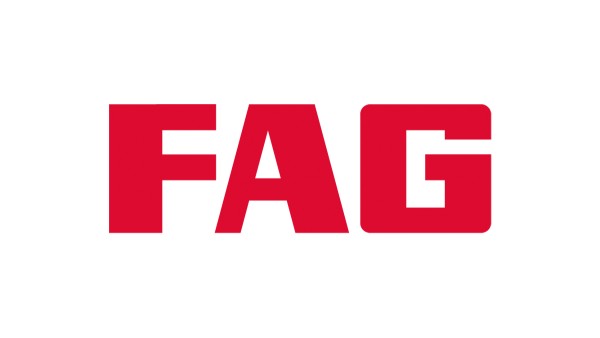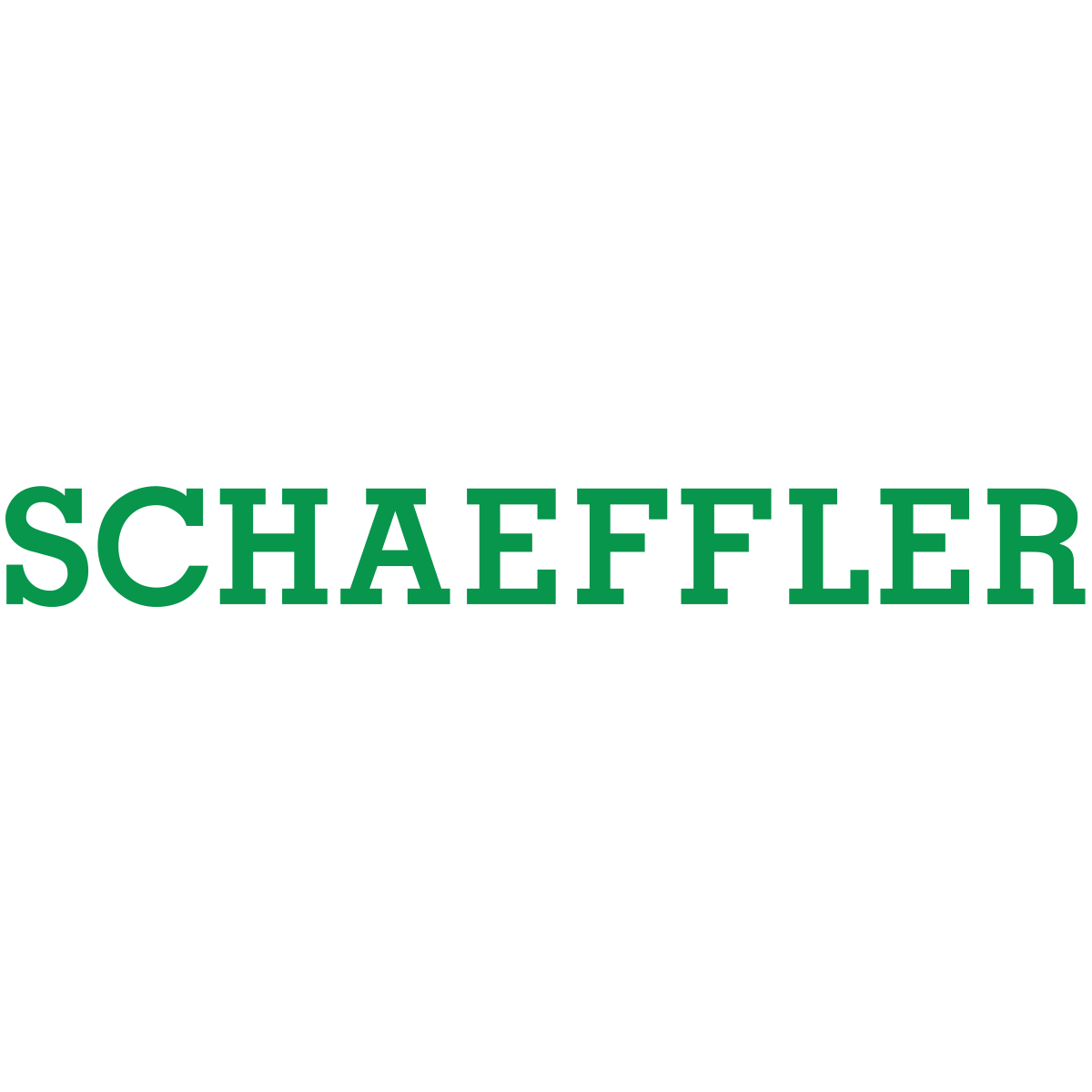Self-aligning Ball Bearings
Self-aligning ball bearings are recommended when alignment of the shaft and housing is difficult.

Self-aligning ball bearings are double row, self-retaining units comprising outer rings with a concave raceway, inner rings with a cylindrical or tapered bore and ball and cage assemblies. The bearings are available in open and sealed designs.
In the self-aligning ball bearing, two rows of rolling elements are supported in two raceway grooves in the inner ring. The raceway on the outer ring has a curved form. The cage combines the two rows of balls and the inner ring to form a unit that can align itself by swivelling relative to the outer ring.
Due to the curved raceway on the outer ring, self-aligning ball bearings are tolerant of misalignment between the shaft and housing and deflections of the shaft. They can thus compensate static and dynamic angular defects within certain angular limits in a rotating shaft system.
They are used particularly in sectors such as agricultural machinery, conveying equipment, simple woodworking machinery and ventilators.
Self-aligning ball bearings are better suited to higher speeds on account of their point contact, than barrel roller bearings with line contact. The bearings run more quietly and at lower temperatures than bearings with comparable specified characteristics.
Self-aligning ball bearings are particularly suitable:
- If there is skewing between the outer and inner ring (for the compensation of angular misalignments)
- For bearing arrangements with high radial loads
- For higher speeds on account of their point contact, than barrel roller bearings with line contact
- Where bearings with the above-mentioned characteristics are expected to run more quietly and at lower temperatures, even at high speeds


